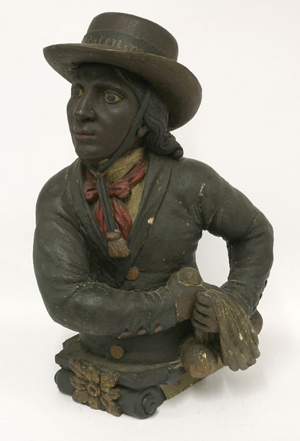
LONDON – Happy New Year from London, once the center of the global art market but now in third place behind the USA and China. A recent report compiled by the British Art Market Federation (BAMF) attributed this fall in the UK’s status in part to the negative impact of the Artists’ Resale Rights Levy. However, few doubt that globalization has also played a part, shifting the wealth-generation from west to east, so to speak.
On a more holistic level there is a broad consensus that 2014 represented something of a bumper year for the art market, with billion-dollar auction sales in the blue-chip sector affirming a return to the pre-crash levels of 2005-2008. Yet it was also a year that saw an inordinate number of high-profile fakes and forgeries scandals rocking the market. Whether this can be taken as evidence that rising prices encourage the criminal fraternity would be hard to prove. However, there is little doubt that the apparent proliferation of fakes and forgeries is starting to have a knock-on effect on professional practice. Auctioneers and dealers are sharpening up their due diligence and installing that little extra caution into their appraisals and cataloging procedures.
Such awareness appears to have guided the hand of the auctioneers at Dee Atkinson & Harrison in East Yorkshire at the end of November. Their general auction of antiques and fine art included an interesting pen and ink sketch of a young man reclining on a sofa.
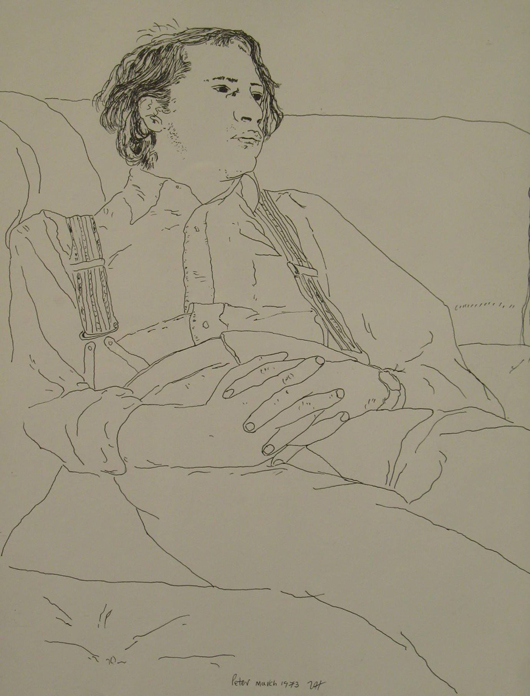
Anyone familiar with the draughtsmanship of British artist David Hockney would surely have assumed this to have been from his hand. The fact that Hockney currently lives in the seaside town of Bridlington, just 15 miles from the Driffield auction rooms, may have encouraged some to assume it to have been one of the artist’s masterly portrait drawings of the early 1970s. In the event, the auctioneers played safe, cataloging it as “20th Century School … indistinctly monogrammed and titled Peter March 1973 and gave it an estimate of £300-500. The hammer price of £2,800 ($4,350) suggests that some bidders saw Hockney’s hand at work.
The regional salerooms saw quite a few good prices as the year drew to a close and none were more notable than that achieved by the Essex auctioneers Sworders at their Country House Sale on Dec. 9. The catalog included an historically important carved and painted wood ship’s figurehead from the Brazilian slave ship Piratenim, modeled as a South American gaucho. It had been acquired by the vendor’s grandfather from an antique dealer in Worcester in the 1940s, although sadly we don’t know what he paid for it on that occasion. It is safe to assume, however, that it would not have been a great deal of money, such folk art at that time lacking the academic importance that recently encouraged Tate Britain to mount a major exhibition devoted to such objects.
Sworders estimated it at what seemed like a perfectly justifiable £5,000-8,000 and even alerted the National Maritime Museum to its imminent sale. In the event it sailed up to £50,000 ($77,760) thanks to the determination of a U.S. private collector bidding on the telephone. Here was yet another sad instance of a national museum finding itself unable to compete with the ever-wealthier private sector.
Turning to the new year, there are a number of exhibitions on the immediate horizon with an alluring French theme. Norwich Castle Museum is to hold an important exhibition of works by the great French ‘modernist’ Édouard Manet from Jan. 31 to April 19.

The artist is reasonably well represented in UK collections, with the Courtauld able to boast his famous Bar at the Folies Bergères and the Ashmolean in 2012 acquiring his Portrait of Mademoiselle Claus of 1868 after an export bar and a successful campaign raised almost £8 million saved it for the nation. (Fig. 4) The Norwich show, titled “Homage to Manet,” will doubtless draw huge crowds, not least because it will include the Claus portrait as well as works revealing Manet’s influence on British artists working in the broadly Impressionist style.
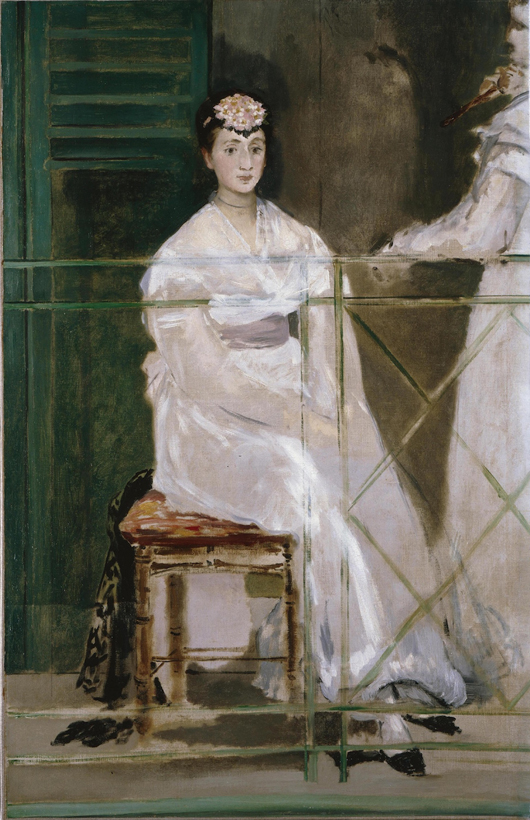


Manet remains connected in the public mind with the Impressionist movement (despite the artist’s own protestations otherwise) which always gets the turnstiles spinning.
London sculpture specialist Robert Bowman continues to stage exhibitions at his new Duke Street gallery that manage to be both academically interesting and market-friendly, embracing contemporary and 19th-century categories. His current exhibition is devoted to the work of the great French 19th-century realist sculptor Aimé-Jumes Dalou (1838-1902). Following the fall of the Paris Commune in 1871, Dalou spent the remainder of the 1870s in England where he exerted a profound influence on British artists of the so-called “New Sculpture” tendency. The works on show at Bowman Sculpture typify his small-scale bronze work before his return to Paris and the public monuments for which he became rightly famous.

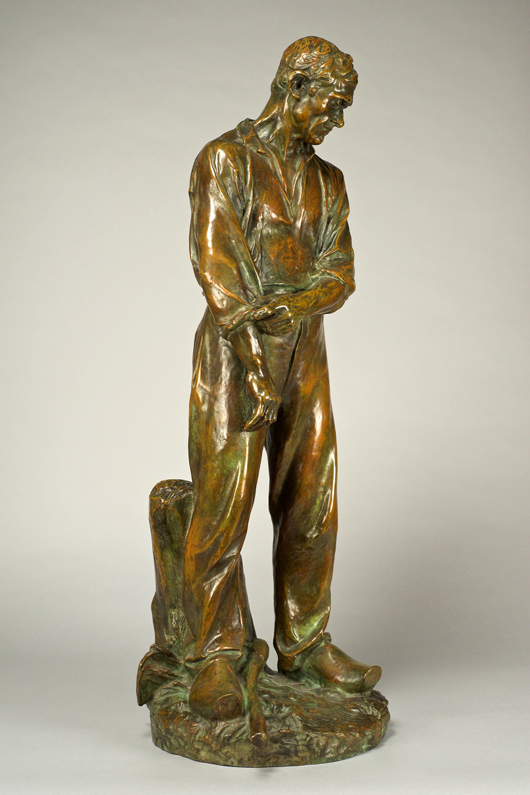
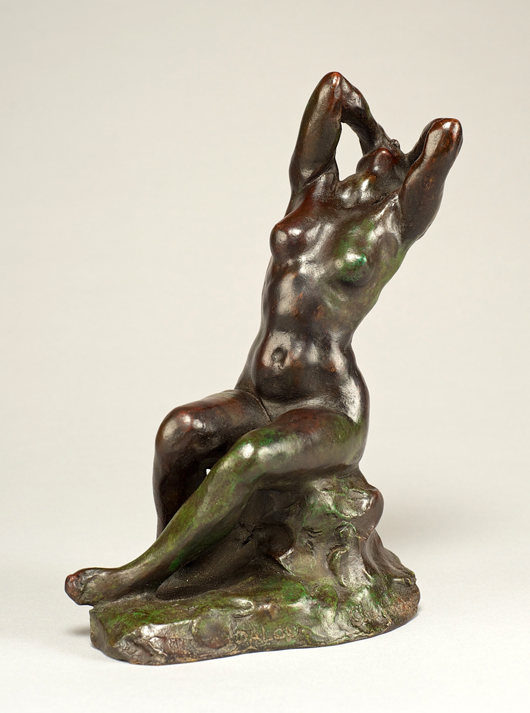
The show comprises both loans and some works for sale, which start at around £7,000 ($10,900).
Coincidentally, Robert Bowman was also the guiding force behind a most enjoyable private view in early December at Leighton House Museum in Kensington of a small selection of 50 important Victorian paintings from the collection of the Mexico-based Spanish businessman Juan Antonio Pérez Simón. Frederick Lord Leighton was one of the most illustrious artists of the Victorian era and the house’s exotically tiled interior was the ideal environment in which to view some of the finest Victorian paintings in private hands. (Champagne somehow tastes better in a room clad with Islamic tiles.)
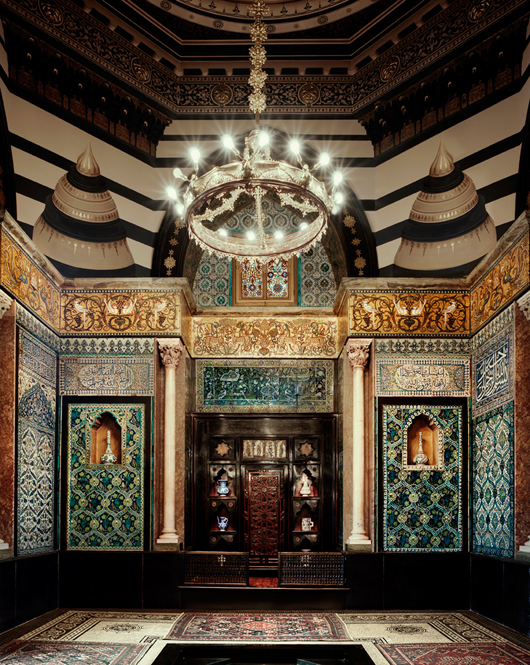
The collection is said to be the world’s finest after that owned by composer Andrew Lloyd Webber and features superb works by most of the greatest artists of the period, including Alma-Tadema, Rossetti, Burne-Jones, Millais, Waterhouse, and Godward. The show is open to the public until March 29.
As January dawns, the big question on everyone’s lips is what 2015 might hold for the art and antiques trade. One thing we can be fairly sure about is that the market will continue to move ever closer to the Internet. It is now 15 years since the web really began to make its presence felt in the industry. Some of us can remember UK dealers and auctioneers bluntly refusing to embrace the new-fangled technology, insisting that computers had no place in such a traditional marketplace. How times have changed.
This year is also likely to see the rich get even richer. The most recent market survey from The European Fine Art Foundation (TEFAF) reported that there were 32 million millionaires worldwide in 2013 and 42 percent of those were based in the U.S. The research also found that at least 600,000 of this global group are mid-to-high level art collectors. That augurs well for the top end of the trade. London soldiers on.


